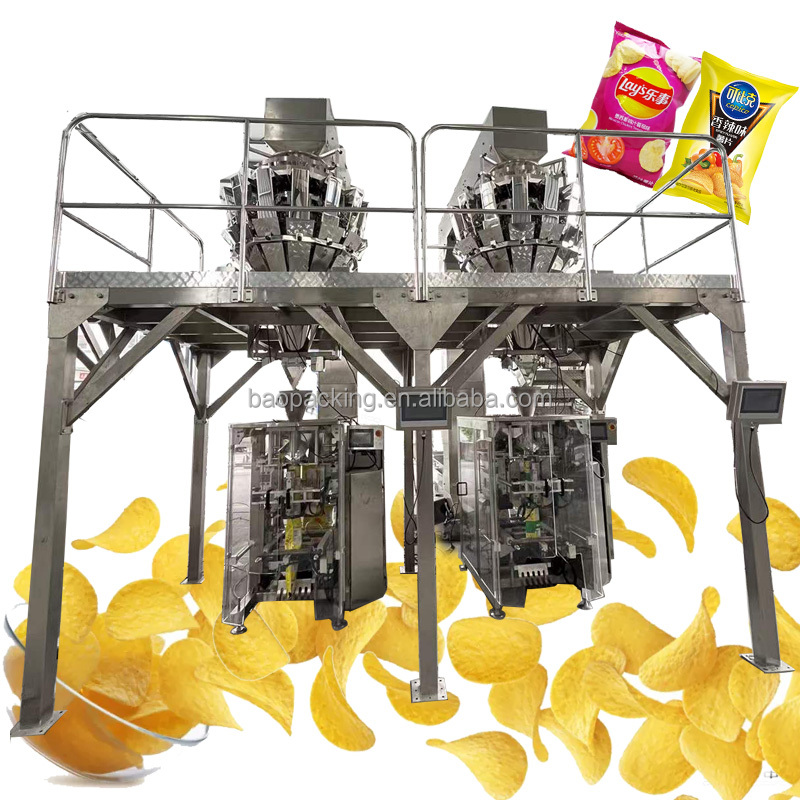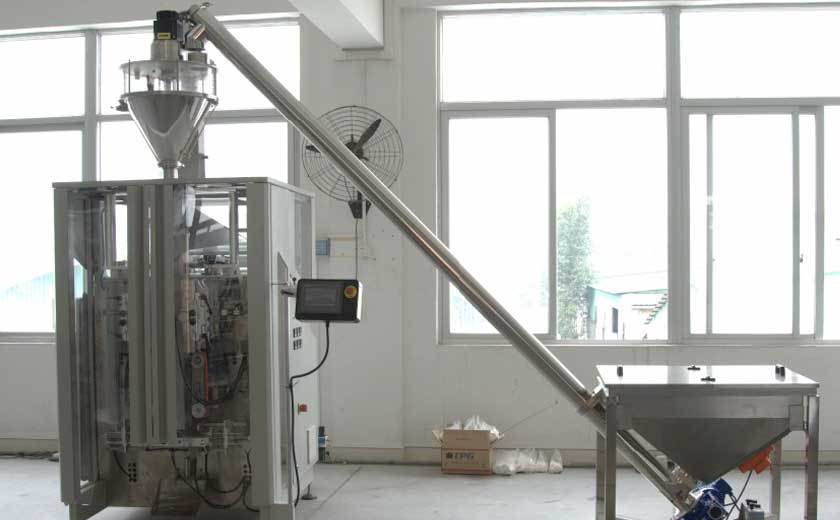Manual vs. Automated Standing Pouch Filling- Which is Better?
Standing pouches have surged in popularity due to their versatility, convenience, and shelf-appealing aesthetics. However, when it comes to filling these pouches, manufacturers face a pivotal decision: manual or automated filling? This article will delve into the nuances of each method, highlighting their advantages and drawbacks to guide decision-makers in choosing the optimal solution for their operations.
Manual Filling: A Labor-Intensive Approach
Manual filling involves manually feeding empty pouches into a filling machine, filling them with product, and sealing them. This traditional method is often used in small-scale operations or for specialized products requiring extreme precision.
Advantages:
Affordable for small-scale operations: Manual filling equipment is relatively inexpensive, making it a viable option for startups and businesses with limited capital.
Flexibility for specialized products: Manual filling allows for precise control over filling volume and product handling, catering to products with unique filling requirements or delicate formulations.
Quality control: Manual filling enables thorough inspection of each pouch before sealing, minimizing the risk of defects or contamination.
Disadvantages:
Labor-intensive and slow: Manual filling is a time-consuming process that requires a dedicated workforce. It can become a bottleneck during peak production periods.
Accuracy limitations: Human error can lead to inconsistencies in filling volume and pouch integrity, potentially compromising product quality and shelf life.
Physical demands: Manual filling can be physically demanding for workers, especially over extended periods.
Automated Filling: A High-Volume Solution
Automated filling systems utilize automated machinery to perform pouch feeding, filling, and sealing operations with minimal human intervention. This streamlined approach is ideally suited for large-scale production environments.
Advantages:
Increased efficiency and productivity: Automated filling systems significantly reduce labor costs and increase production output by automating the filling process.
Consistent accuracy: Automated systems maintain precise filling tolerances, reducing product waste and ensuring uniformity.
Reduced physical demands: Automation eliminates the need for manual handling, minimizing worker fatigue and musculoskeletal disorders.
Integrated quality control: Automated systems can incorporate sensors and inspection devices to identify and reject defective pouches, enhancing product quality.
Disadvantages:
Higher initial investment: Automated filling equipment requires a significant capital investment, which may not be feasible for all businesses.
Less flexibility: Automated systems are typically designed for specific products and filling parameters, limiting their adaptability to changes in production requirements.
Maintenance and downtime: Automated systems require regular maintenance and occasional downtime for repairs, which can impact production schedules.
Factors to Consider When Choosing
The optimal filling method depends on several factors, including:
Production volume: Manual filling is typically suitable for small-scale operations, while automated filling excels in large-volume environments.
Product characteristics: Specialized products may require the flexibility and precision of manual filling.
Quality requirements: High-precision products and stringent safety standards may necessitate automated filling with advanced quality control measures.
Labor availability and cost: Access to skilled labor and labor costs should be considered when evaluating manual vs. automated filling.
Capital investment: The initial investment required for automated filling should be weighed against potential cost savings over time.
Whether manual or automated, choosing the right standing pouch filling method requires careful consideration of each method’s capabilities and limitations. By aligning the filling approach with production volume, product characteristics, quality requirements, and operational constraints, manufacturers can optimize their pouch filling processes and achieve maximum efficiency, quality, and cost-effectiveness.
-

Overview of Packaging Machine Buying Guides
08-01-2024 -

How Does a Vertical Form Fill Seal Machine Work?
30-10-2023 -

Advancements in Auger Powder Filling Technology
27-10-2023 -

A Deep Dive into Automatic Packaging Machines
26-10-2023 -

The Revolutionary Fully Automatic Potato Chips Packaging Machine
20-09-2023 -

How to choose the right packaging machine?
23-08-2023 -

Reducing Waste And Maximizing Yield With Multihead Weigher Machines
15-03-2023 -

Nuts Packaging Machine for Dry Products Perservation
26-11-2022 -

Is Automated Biscuit Packaging Machine Better Than Manual Opeartion?
25-11-2022





